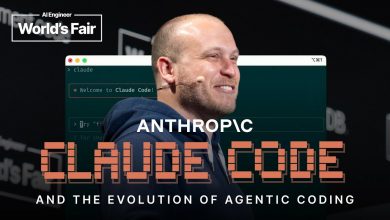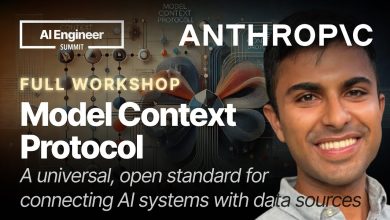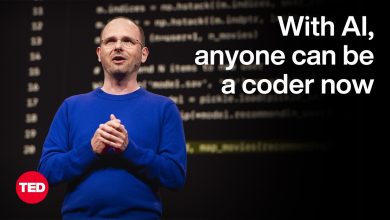Bridging LLMs and APIs: The Impact of the Model Context Protocol
Philippe Ensarguet explores how MCP bridges the gap between LLMs and APIs, enhances API discoverability, and evaluates its role in developer engagement strategies.
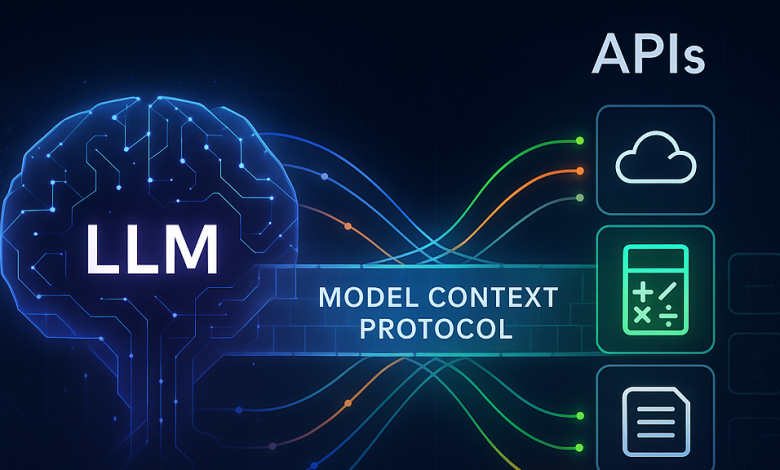
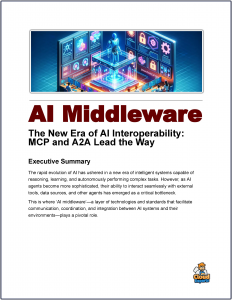 In his Linkedin article “Bridging LLMs and APIs: The Impact of the Model Context Protocol” Philippe Ensarguet examines the transformative potential of the Model Context Protocol (MCP).
In his Linkedin article “Bridging LLMs and APIs: The Impact of the Model Context Protocol” Philippe Ensarguet examines the transformative potential of the Model Context Protocol (MCP).
MCP is an open standard introduced by Anthropic, in reshaping how developers interact with APIs through Large Language Models (LLMs).
Ensarguet explores how MCP bridges the gap between LLMs and APIs, enhances API discoverability, and evaluates its role in developer engagement strategies.
AI Middleware
The protocol addresses key challenges in LLM-API interactions, offering a structured and practical approach to integrating AI with real-world tools.
MCP fundamentally changes how developers engage with APIs by providing LLMs with the necessary context to use them effectively. By running a local MCP server, developers can connect LLM tools like Cursor, Gemini CLI, or Claude Desktop directly to APIs, ensuring the AI understands the API’s capabilities, authentication requirements, and usage patterns.
This setup overcomes common issues where LLMs suggest outdated endpoints, incorrect parameters, or even “hallucinate” incorrect information due to a lack of accurate data. By acting as a new interface, similar to an SDK or code library, MCP enables novel ways to call APIs and expands the range of supported use cases, making it a valuable tool for developers.
API Discovery
Beyond interaction, MCP also improves API discovery, though it is not a primary acquisition channel. Developers already attempt to discover APIs through LLMs, often with inconsistent results due to missing context. MCP addresses this by ensuring LLMs deliver accurate, contextualized information about APIs, enhancing their usability within existing workflows.
Rather than driving new demand, MCP serves as an interface for existing demand, enabling developers to integrate APIs more deeply into their development stacks and explore expanded use cases, complementing traditional discovery methods.
When considering MCP’s integration into a developer engagement strategy, Ensarguet emphasizes its complementary role. It should not replace existing strategies but work alongside them, much like an SDK or code library. The decision to adopt MCP depends on whether its capabilities align with customer behavior and business models, focusing on specific use cases to address targeted problems.
Success is most likely when the API is the primary product interface or supports developer tools. Realistic metrics should focus on tracking expanded usage and new integration patterns rather than expecting dramatic acquisition gains. As MCP is still in its early stages, experimentation and adaptability are crucial, with early efforts potentially shaping future product roadmaps or content strategies.
Conclusion
In conclusion, MCP offers a practical solution for integrating LLMs with APIs, enhancing usability and supporting the evolving needs of AI-assisted developer workflows. While not a marketing breakthrough, it strengthens engagement by providing a new interface for existing demand.
By aligning MCP with specific use cases, setting realistic expectations, and adapting as the ecosystem matures, developers and businesses can position their APIs for the AI-driven development landscape of the future.
